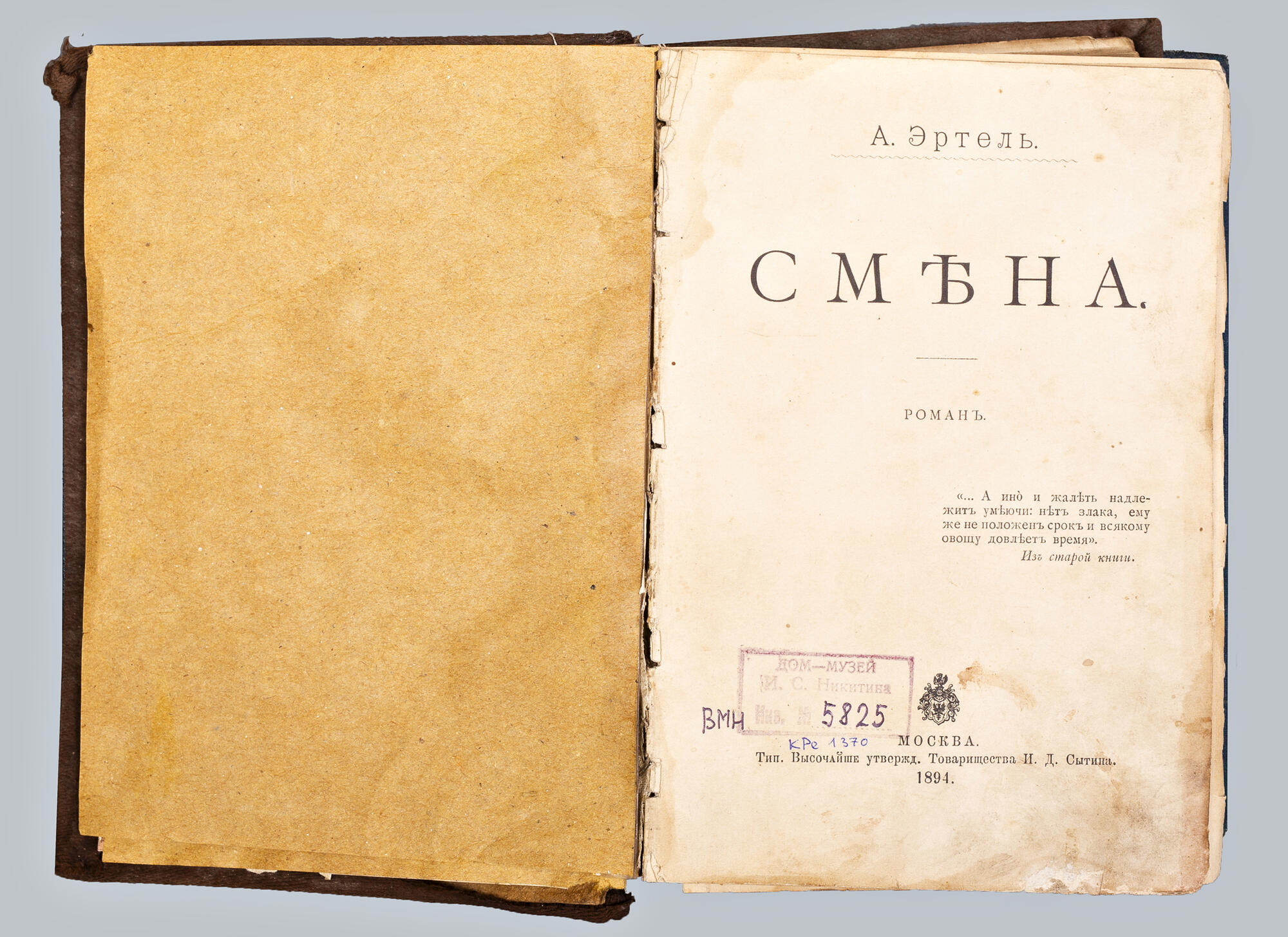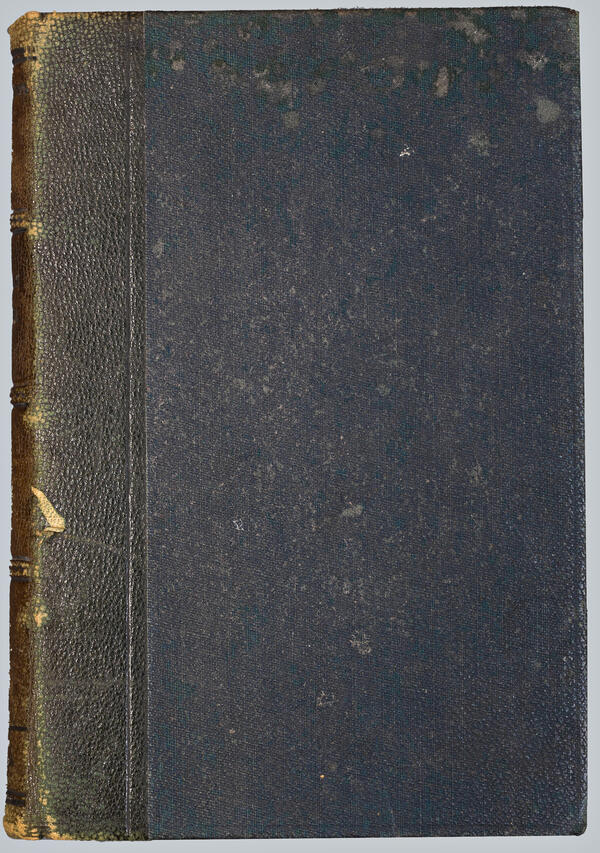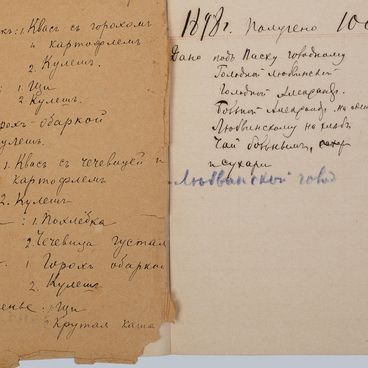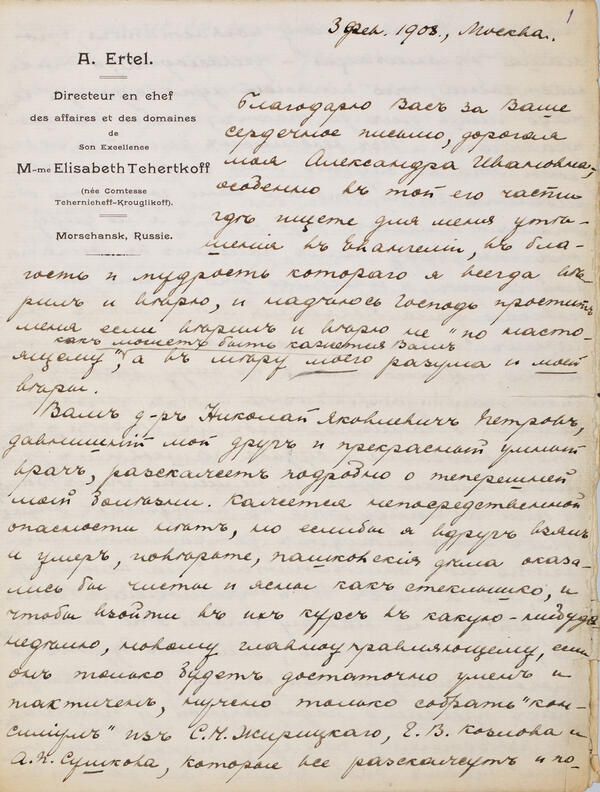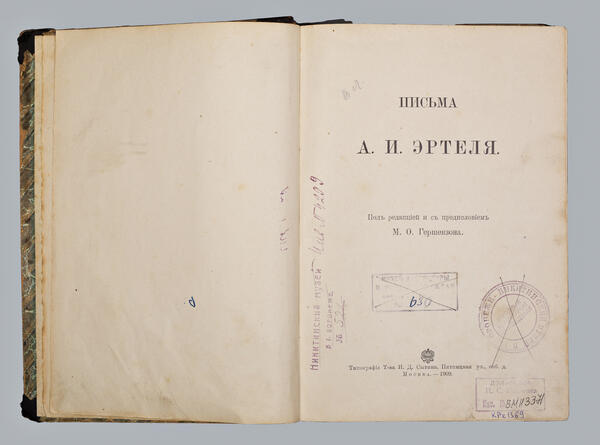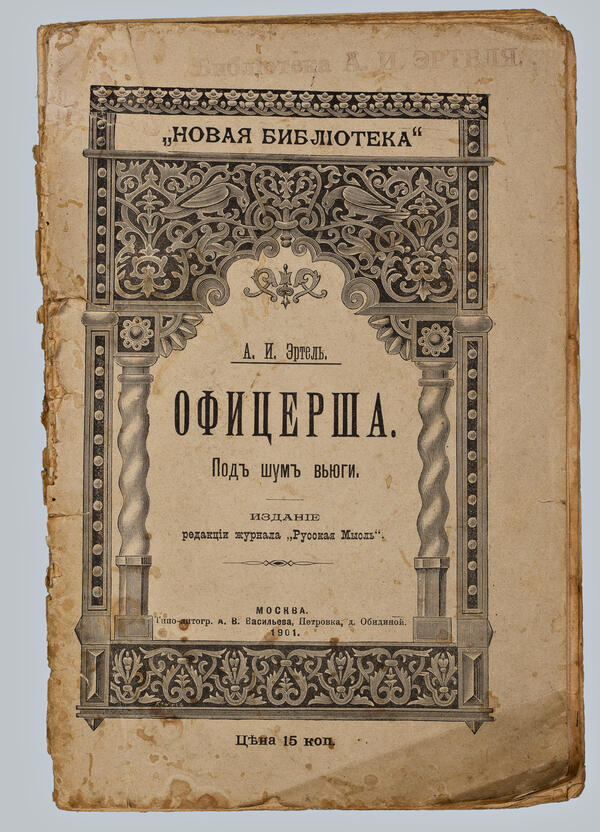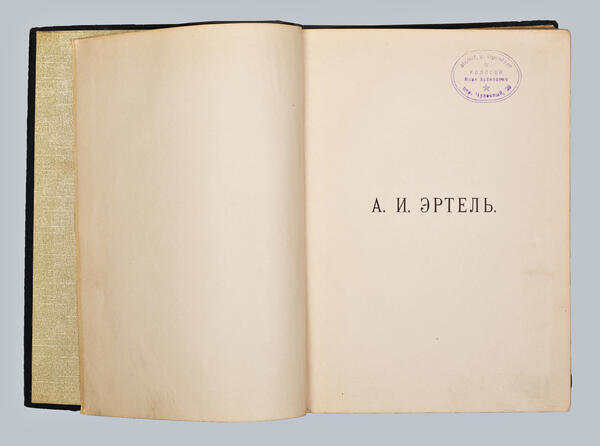In September 1890, Alexander Ivanovich Ertel rented the Yempelevo hamlet, located 30 versts (roughly 33 kilometers) from Voronezh, and moved there with his family. The house had five rooms, a large fruit garden with alleys and ponds and more than 100 dessiatins of land (an archaic Russian land measurement dessiatin is equal to approximately 1.09 hectares). Ertel rented the land out to peasants to pay his own rent and only used the house itself and the garden. He hoped this place would help him get some rest from the hustle and bustle of the city and dedicate more time to writing.
From the end of 1890 to November 1891, the writer was working on “The Change” — his second big novel after “The Gardenins”. In a letter to the writer and philosopher Pavel Alexandrovich Bakunin dated December 14, 1890, he admitted,
